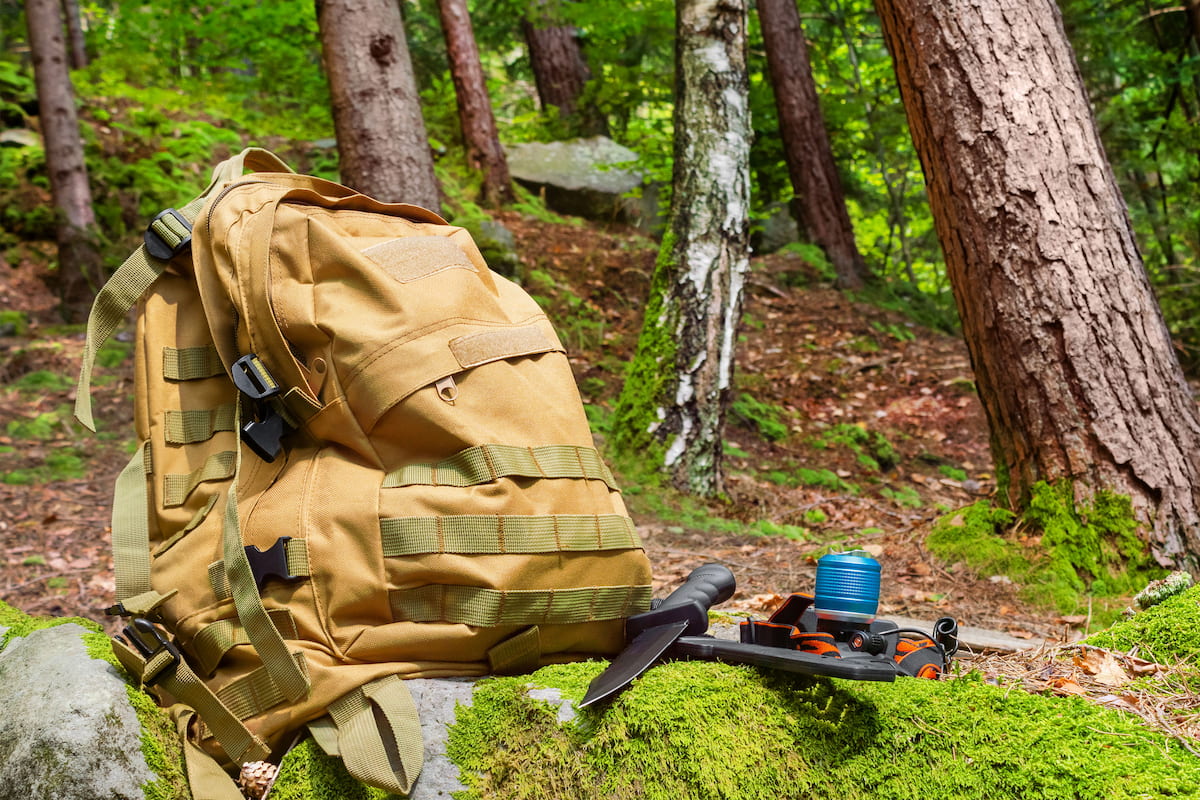Able to store more than what regular shoulder harnesses can, tactical assault backpacks are indispensable for many operations. They have features like ammunition pockets, MOLLE webbing (Modular Lightweight Load-carrying Equipment), and compatibility with hydration packs that were first developed for the military.
Additionally, they have a militaristic appearance and are constructed with camouflage patterns and hues like coyote brown and olive drab. These colour schemes are intended to aid in the concealment of personnel in particular operating areas, just like the patterns on military uniforms.
Since it’s used in serious and often life-or-death situations, it’s crucial to choose an appropriate tactical assault backpack. To fit all of your things, the bag must be the ideal size—neither too large nor too little. It must be functional so that you can effectively store your necessities, comfy, and strong. That said, this comprehensive guide can help sort through your alternatives and locate the ideal backpack.
Types of Backpacks According to Size
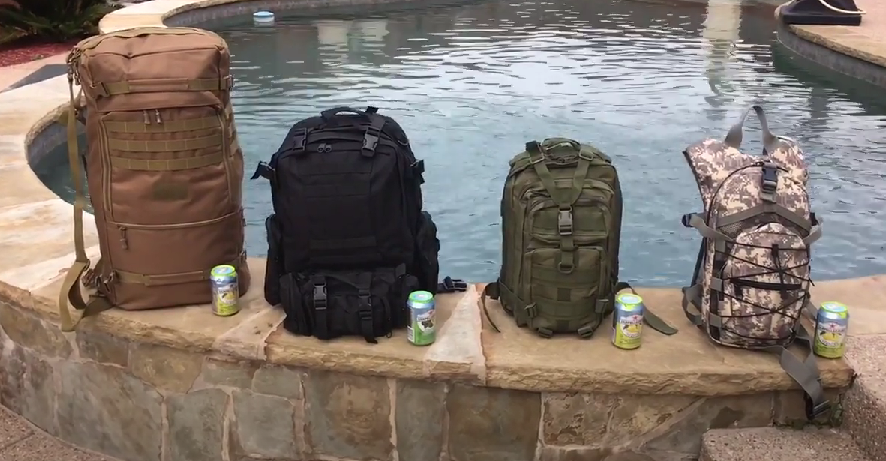
The volume of tactical backpacks varies, and although some bags are quite modest, others can be rather enormous. Although tactical assault backpack sizes are frequently expressed in cubic inches, considering them in terms of litres is simpler. Litres better reflect their size because few packs are exact rectangles.
Backpacks typically start at around 5 litres on the lower end, with larger alternatives around 60 litres or more. The typical recommendation for selecting your backpack’s size is provided below.
EDC
Every day carry (EDC) bags are compact tactical backpacks made to accommodate only the stuff you must always have with you. EDC packs are also referred to as 12-hour packs sometimes. The volume of these backpacks ranges from roughly 5 to 35 litres.
24 Hour
An EDC backpack is designed to hold the essentials you need for a regular day. But you’ll need something a little bigger if you’re going to be gone all night. The space in a 24-hour pack allows for the addition of more supplies for extended assignments. These military backpacks typically have a volume of 30 to 40 litres.
3 Day Backpacks
It is advisable to bring a 3-day bag if you anticipate spending a lot of time away from home. These bags have many of the same characteristics as camping packs and can hold everything you might need for several days. These bags are enormous, often offering a storage size of 40 to 65 litres or more.
Different Types of Frames
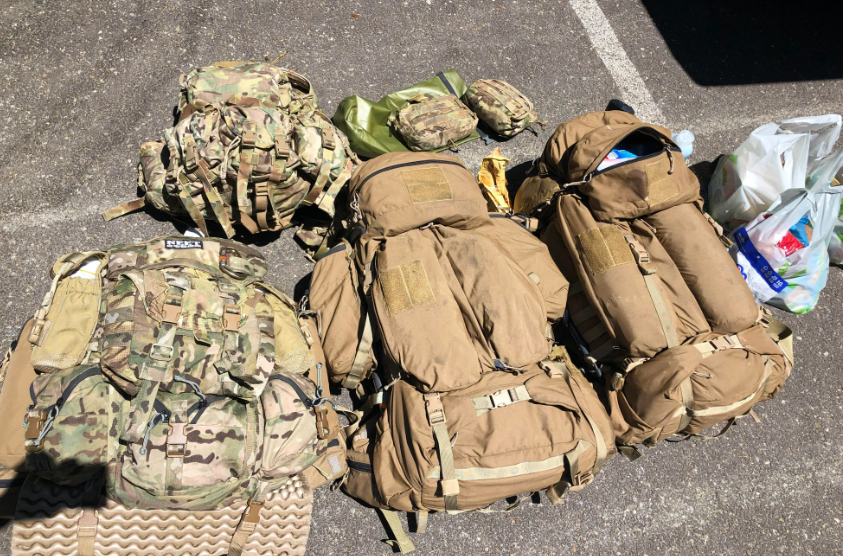
In order to further improve the mechanics involved in shifting weight from your shoulders to your core, backpack frames are used in conjunction with hip belts. They achieve this by strengthening the construction of the pack or by using parts that clip onto the hip belt. Frames are often built from relatively lightweight materials because each additional component ultimately adds weight to your pack.
Backpacks with Internal Frames
When a simple frame sheet is insufficient for the weight being carried, internal frames are frequently used in larger packs. These frames, which are usually created from stays formed of aluminium rods, are integrated into the backpack itself and fastened to the hip belt. Even more effectively shifting weight from the shoulders to the hips are these stays.
Backpacks with External Frames
Backpacks with external frames are less popular today than those with internal frames, which are older. These are made with the frame on the outside, as suggested by their name. The capability of directly strapping objects to the frame is one advantage of this design. When hauling awkward objects or packing out game, this is quite helpful. This purpose-built solution is frequently advantageous for some applications, although typically heavier than internal frame packs.
Materials
In the course of their lifespan, these backpacks will probably endure a lot of abuse. They are therefore constructed from the strongest materials possible to ensure that they won’t shatter or rip in urgent circumstances. These are some typical materials used to create tactical backpacks.
Cordura
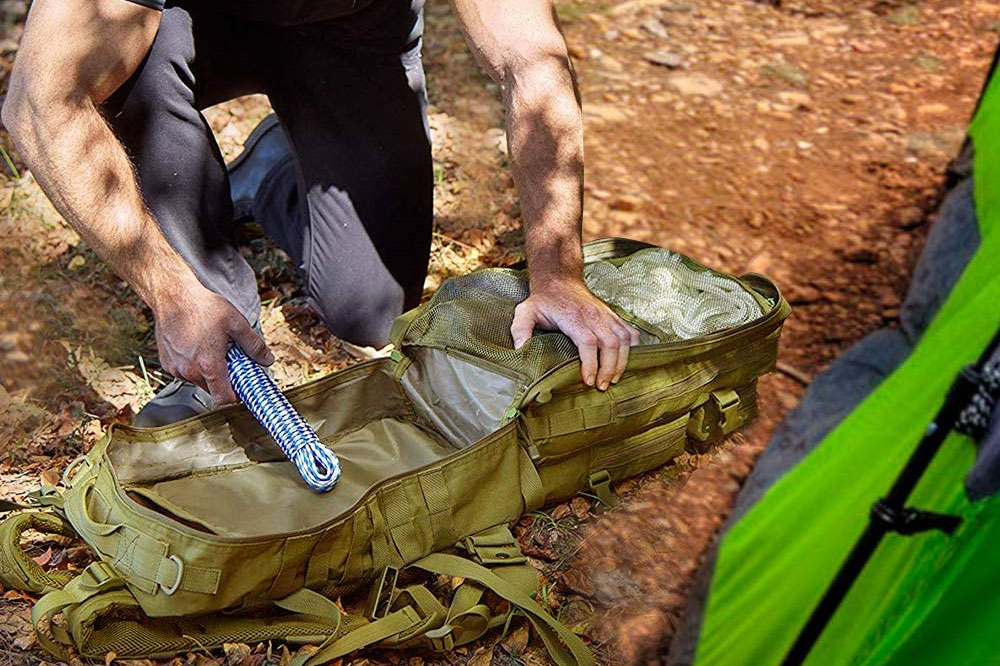
A robust material that is impervious to tears, scuffs, and abrasions. Due to its amazing longevity, Cordura has been utilised by the American military for more than 45 years. Shoes, combat shirts, jeans, jackets, and, of course, backpacks all have it.
Ballistic Nylon
Ballistic nylon’s robustness is implied by its name alone. This heavy, very tough fabric was created by Dupont and used in World War II flak jackets to shield airmen from shrapnel. Ballistic nylon is a common material for belts, watch bands, and other items besides backpacks and knife sheaths.
Ripstop
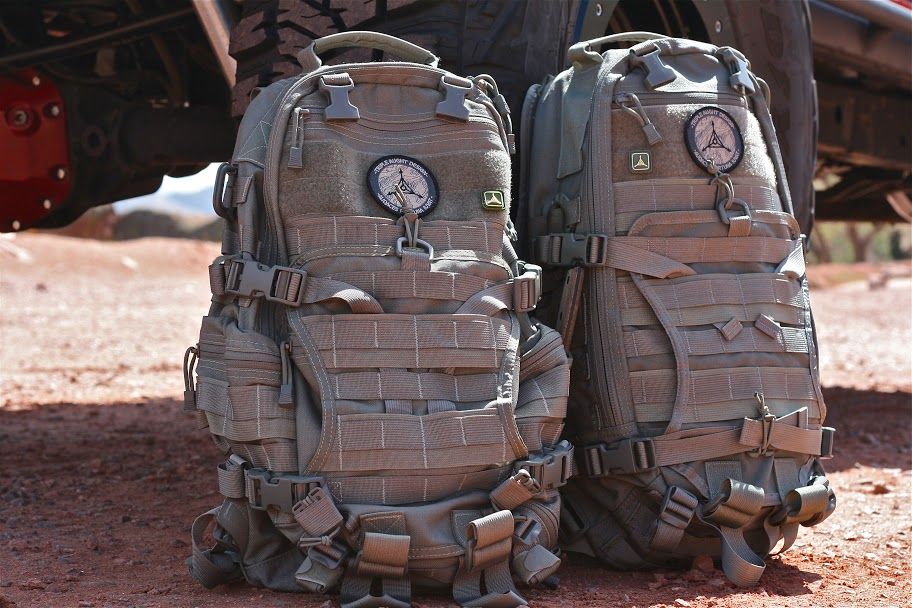
As their name suggests, ripstop materials are impervious to tearing and ripping. Despite not being as durable as Cordura or ballistic nylon, ripstop fabrics nevertheless offer above-average durability while being light and thin (and, therefore, more comfortable).
Polyester
Polyester, which is usually used in apparel, is less resilient than ballistic nylon or Cordura. However, because it is so light, a tactical assault backpack made of polyester is both more comfortable and simple to carry while still providing appropriate durability.
